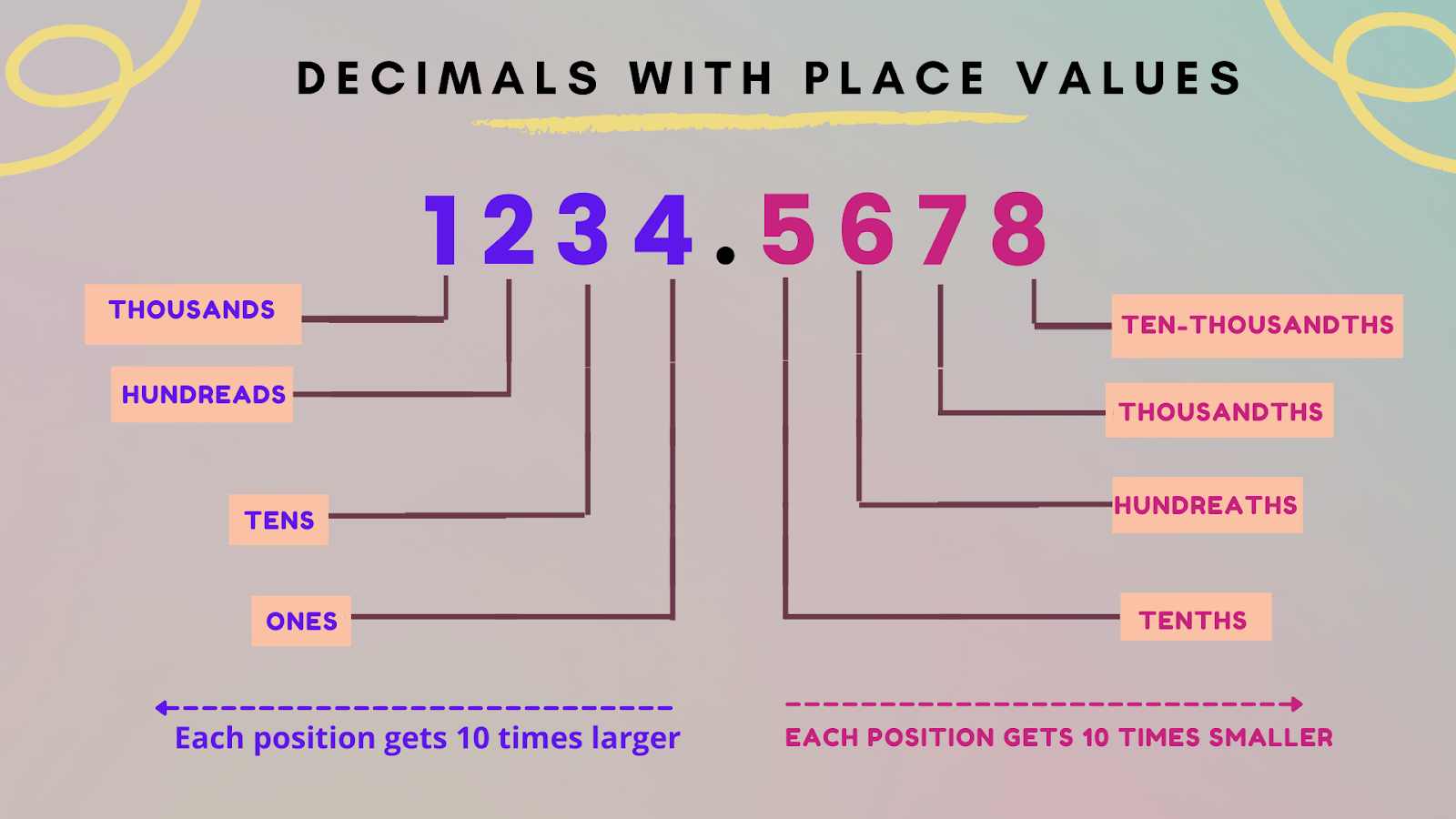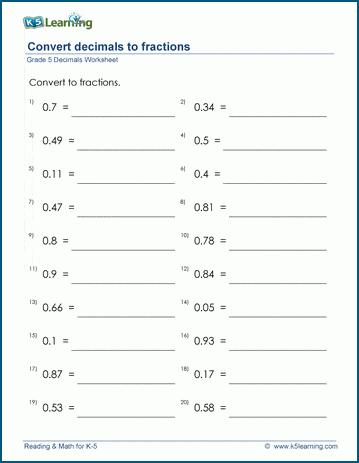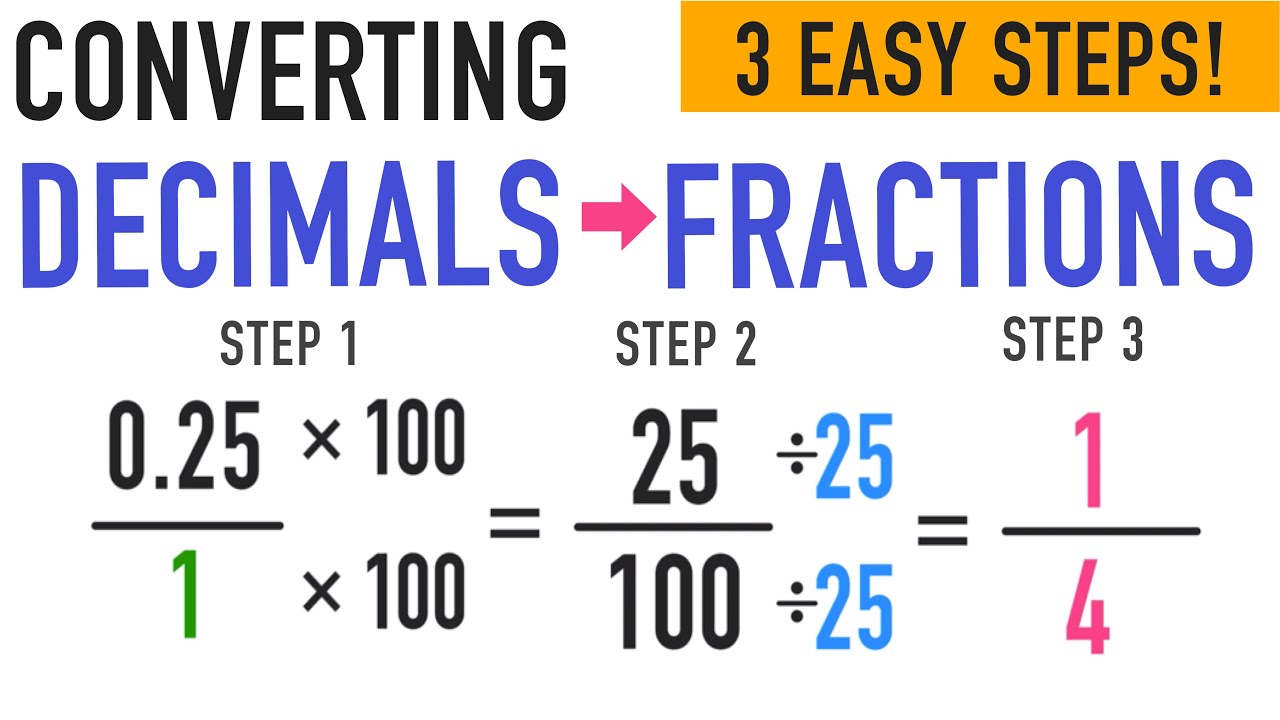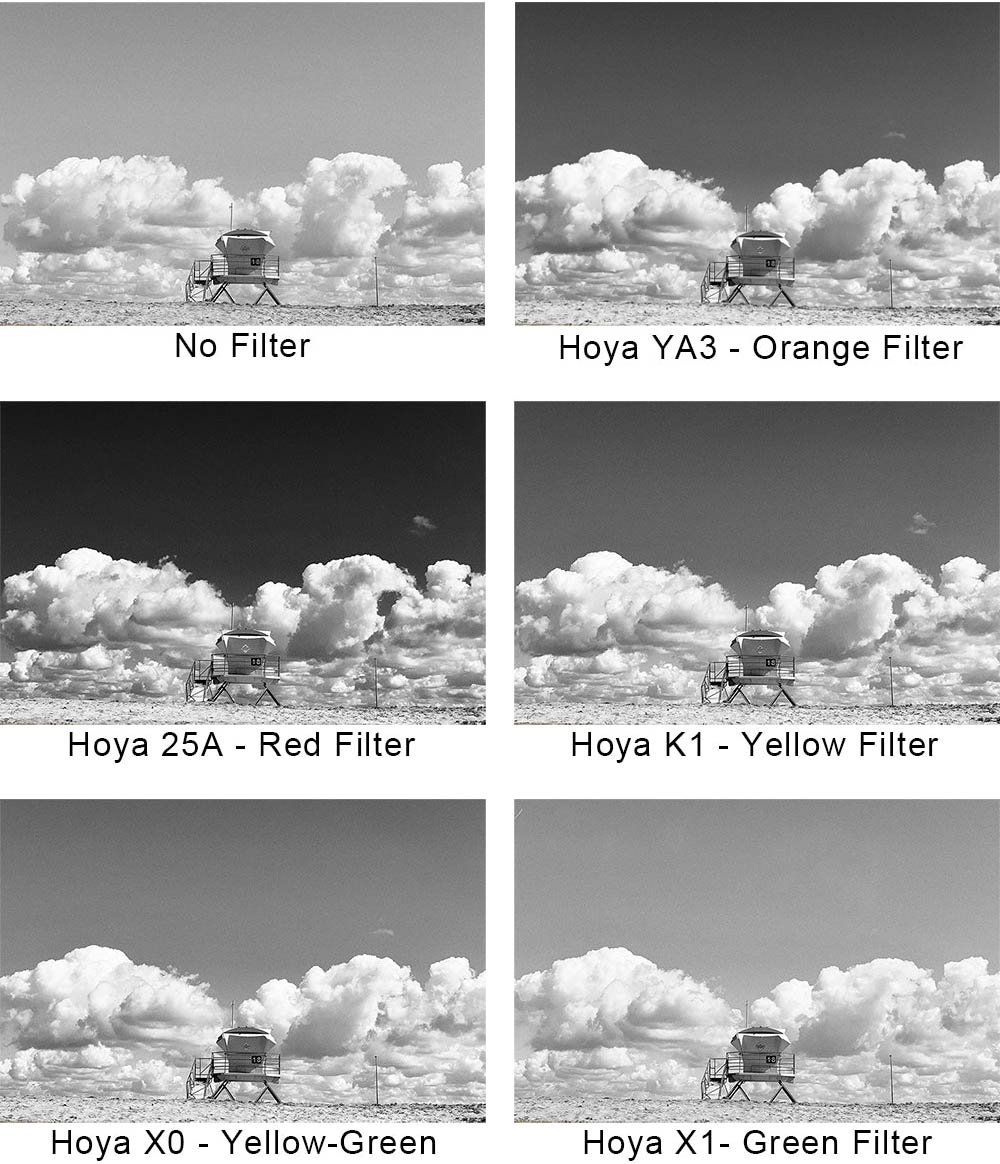Fractional Conversion: 21/25 Simplified

Fractions are an essential part of mathematics, and understanding their manipulation is key to solving various mathematical problems. In this article, we delve into the process of simplifying the fraction 21/25, exploring the techniques and significance of such calculations.
Simplifying Fractions: A Fundamental Concept

Fractional simplification is a fundamental skill in mathematics, allowing us to express numbers in their simplest form. This not only makes calculations easier but also provides a more concise representation of quantities. When we simplify fractions, we aim to find the smallest possible numbers that can accurately represent the given value.
The Concept of Simplest Form
In mathematics, a fraction is considered to be in its simplest form when the numerator and denominator have no common factors other than 1. In other words, the numbers cannot be further divided evenly by any whole number. For instance, the fraction 2⁄4 can be simplified to 1⁄2, as both 2 and 4 are divisible by 2.
The Simplification Process
To simplify a fraction, we employ the concept of finding the greatest common factor (GCF) of the numerator and denominator. The GCF is the largest number that can divide both the numerator and denominator evenly. Once we identify the GCF, we divide both numbers by it, resulting in a simpler fraction.
Simplifying 21⁄25: Step-by-Step Guide

Let’s break down the process of simplifying the fraction 21⁄25 into manageable steps:
Step 1: Identifying Common Factors
To begin, we need to identify the factors of both 21 and 25. Factors are numbers that can divide the given number evenly.
- Factors of 21: 1, 3, 7, and 21.
- Factors of 25: 1, 5, and 25.
Step 2: Finding the Greatest Common Factor
Next, we determine the greatest number that appears in both lists of factors. In this case, the GCF of 21 and 25 is 1, as it is the only number common to both lists.
Step 3: Simplifying the Fraction
Since the GCF is 1, we divide both the numerator and denominator by 1. This does not change the value of the fraction, as dividing by 1 leaves the number unchanged.
Therefore, 21/25 simplifies to 21/25, which is already in its simplest form.
The Significance of Simplification
Simplifying fractions is a crucial skill for various reasons. Firstly, it allows us to compare fractions more easily, as simpler fractions provide a clearer understanding of their relative sizes. Additionally, simplified fractions are often more manageable for calculations, as they involve smaller numbers.
In the case of 21/25, while it may not simplify further, understanding the process is essential. This knowledge can be applied to more complex fractions, where finding the GCF might involve larger numbers or prime factorization.
Real-World Applications
Fractional simplification is not limited to theoretical mathematics; it has numerous real-world applications. For instance, in cooking or baking, recipes often involve fractions, and simplifying these fractions can make measuring ingredients more precise and efficient.
Additionally, in fields like engineering and construction, fractions are used to represent proportions and dimensions. Simplifying these fractions ensures accuracy and facilitates communication among professionals.
Conclusion

Simplifying fractions is a fundamental mathematical skill with wide-ranging applications. By understanding the process of finding the greatest common factor and applying it to fractions like 21⁄25, we gain a deeper understanding of numerical relationships and enhance our ability to work with fractions in various contexts.
Table: Factors of 21 and 25
| Number | Factors |
|---|---|
| 21 | 1, 3, 7, 21 |
| 25 | 1, 5, 25 |

Can fractions always be simplified further?
+No, fractions may reach a point where they are already in their simplest form, like 21⁄25. However, it’s important to check all potential factors to ensure you’ve found the GCF accurately.
What if the GCF is not obvious?
+If finding the GCF manually is challenging, you can use prime factorization. This involves breaking down each number into its prime factors and then finding the common factors between them.
How does simplifying fractions help in real-life scenarios?
+Simplifying fractions makes calculations more manageable and provides a clearer understanding of proportions. This is particularly useful in fields like cooking, engineering, and even finance, where precision is crucial.



